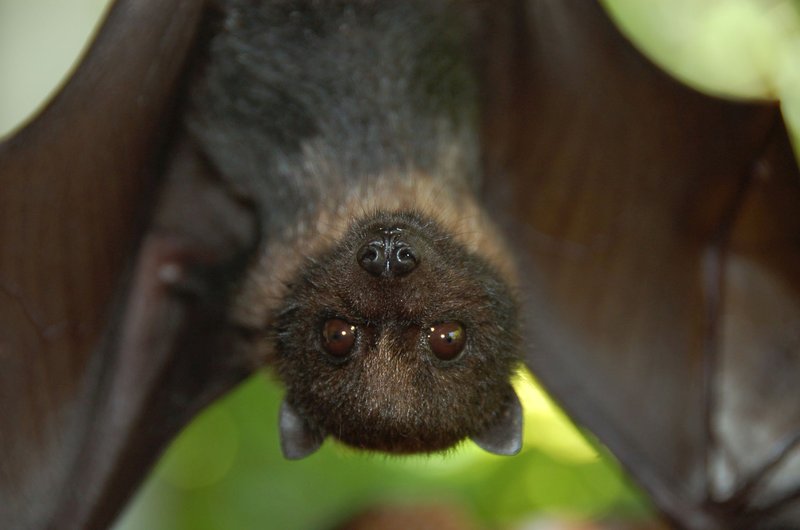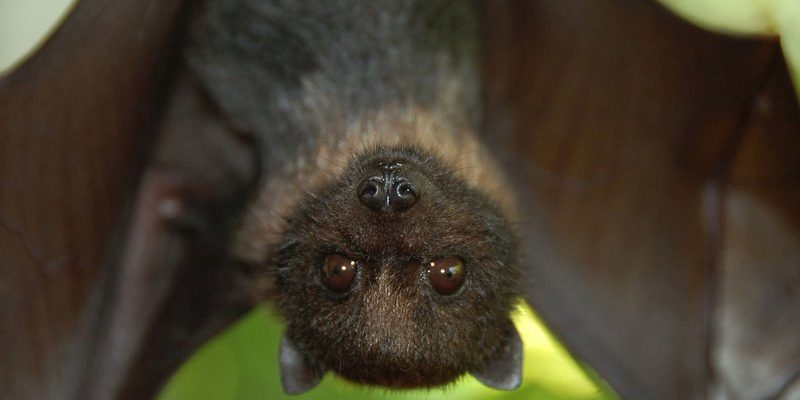
You might picture these bats hanging upside down, munching on juicy fruits, but their skills go far beyond that. Just like a seasoned traveler knows how to navigate through storms, fruit bats have a toolkit of survival tricks that help them endure challenging climates and find food—and there’s a lot we can learn from them. So, let’s dig deeper into their world and discover how these incredible creatures manage to thrive when conditions get tough.
The Essentials of Fruit Bats’ Adaptation
Fruit bats have evolved a unique set of traits that allow them to adapt to various environments. First off, their diet plays a crucial role in their survival. Unlike many other bats that primarily consume insects, fruit bats feast on fruits and nectar. This diet not only provides hydration but also essential nutrients. Think of it like having a robust, “fruit smoothie” meal prepared just for them, perfect for the energy they need to fly long distances in search of food.
Additionally, their large size and wingspan enable them to travel over vast areas in search of sustenance. Some species can cover over 50 miles in a single night! This remarkable flight ability allows them to explore different habitats and find food sources, particularly when their primary habitats experience droughts or food shortages. Imagine being able to hop on a plane and fly to the nearest tropical island just when your favorite fruit starts running low—this is how fruit bats maximize their chances of survival.
Water Conservation Techniques
In harsh environments, water is often scarce, and finding it can be a real challenge. Fruit bats have developed several nifty ways to conserve water. One of the most effective methods is their ability to extract moisture directly from the fruits they eat. As they munch on juicy fruits like figs and bananas, they’re not just satisfying their hunger; they’re also hydrating themselves. It’s like getting a refreshing drink while enjoying a snack!
Additionally, fruit bats are nocturnal, which means they’re active at night when temperatures are cooler. By staying out of the scorching sun during the day, they reduce their need for water. Their bodies have adapted to minimize water loss through sweat, allowing them to thrive in hot climates without a constant supply of water. Honestly, these creatures are like little superheroes of hydration!
Navigation Skills in the Dark
Navigating through the dark can be tough for many creatures, but fruit bats have honed their echolocation skills for this very purpose. Echolocation is like a built-in GPS system that helps them find food, avoid obstacles, and locate each other in the dark.
When flying, they emit high-frequency sounds that bounce off objects, allowing them to “see” their surroundings through sound. So, while we might stumble in the dark, these bats are gracefully swooping around, confidently avoiding branches and predators. Imagine having a sixth sense that guides you through a maze at night—that’s what echolocation does for fruit bats!
Finding Shelter and Community
Another aspect of fruit bat survival is their reliance on social structures. They often roost in large colonies, which provides warmth, protection, and social interaction. Think of it like a cozy apartment complex where everyone looks out for one another. This social behavior helps them stay safe from predators and harsh weather conditions.
Moreover, these colonies typically roost in trees or caves, which offer shelter from the elements. When temperatures soar during the day, the shade of a tree can be a lifesaver, providing a cool spot to rest. Imagine finding a perfect hideaway during a heatwave—this is exactly what fruit bats do!
Diet Diversity and Flexibility
While fruit bats primarily consume fruits and nectar, they are flexible eaters. In times of scarcity, they can adjust their diets to include other food sources. For instance, if their favorite fruits aren’t available, they might turn to flowers or even different types of fruits. This adaptability is crucial in harsh climates where food sources often fluctuate.
Their ability to change their food preferences helps them survive during tough periods, allowing them to explore new tastes rather than sticking to a rigid diet. You might think of it as a backup plan; when Plan A doesn’t work, they’re ready to embrace Plan B without missing a beat.
Role in Ecosystems
Fruit bats are not just survivors; they’re also vital players in their ecosystems. By pollinating flowers and dispersing seeds, they help maintain the health of their habitats. When they eat fruits, they often travel long distances before dropping or digesting the seeds. This natural process contributes to the growth of new plants, creating a cycle of life that supports their environment.
Here’s the thing: without fruit bats, many plant species would struggle to reproduce. They act as “gardeners” of the forest, promoting biodiversity and helping ecosystems flourish even in challenging conditions. Think of them as the unsung heroes of the natural world, quietly doing their part to keep everything balanced.
Fruit bats are truly amazing creatures that showcase the wonders of adaptability in nature. From their clever hydration strategies to their remarkable navigation skills, they’ve developed a toolbox of survival mechanisms that allow them to thrive in some of the harshest environments. By embracing their diverse diets, forming supportive communities, and playing essential roles in ecosystems, fruit bats remind us of the beauty of resilience and cooperation.
Next time you hear the flutter of bat wings in the night sky, think of the remarkable journey these little flying foxes undertake every day to survive and thrive. They’re not just surviving; they’re flourishing, proving that nature has a way of overcoming even the toughest challenges.

